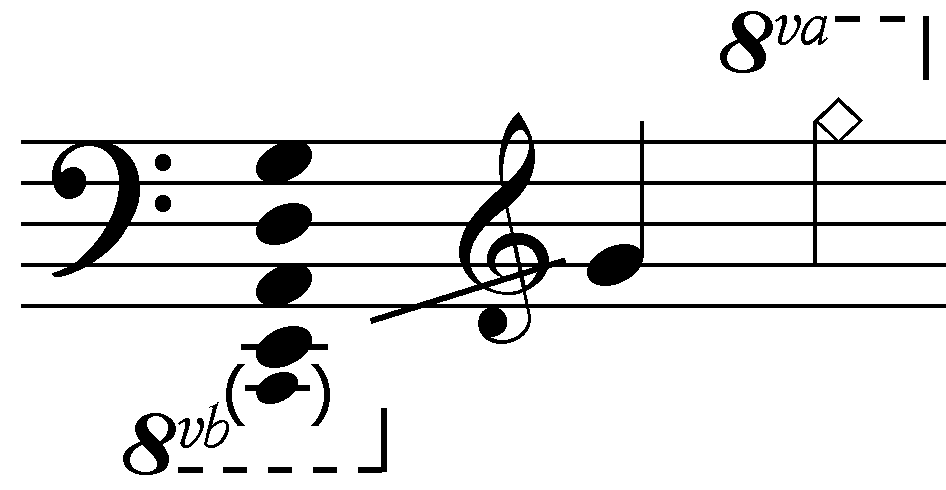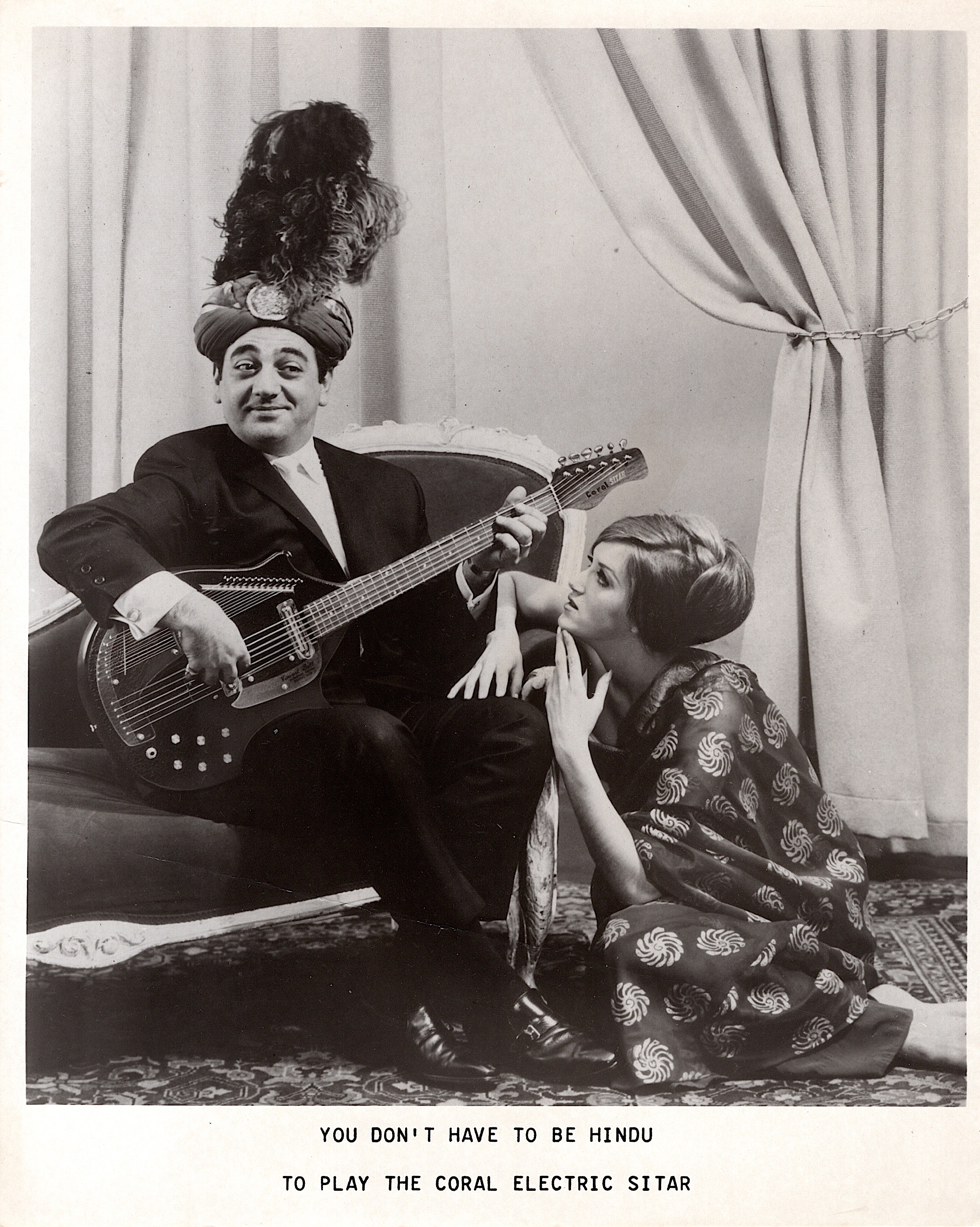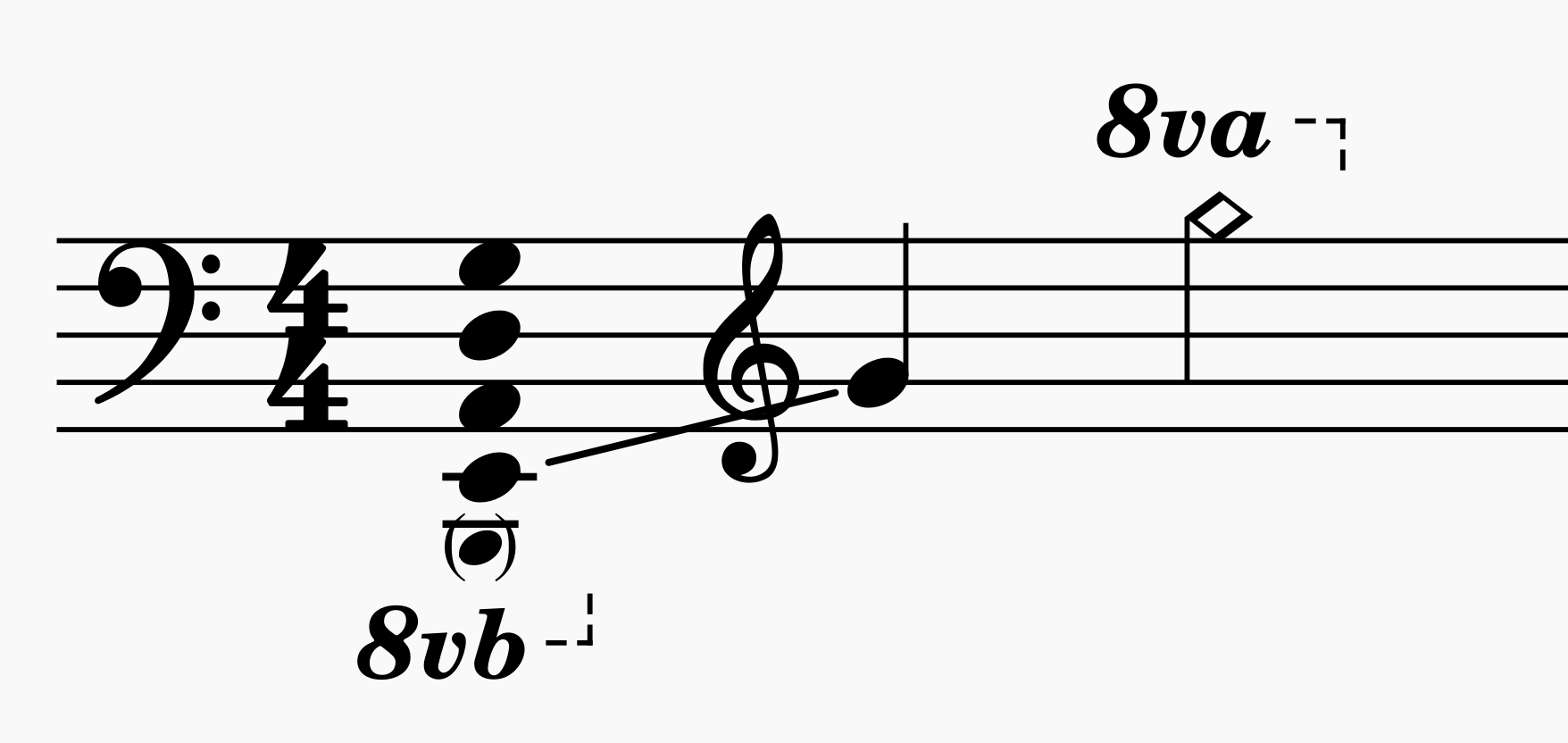|
Death Of The Sun
''Death of the Sun'' is the fifth album by Cul de Sac (band), Cul de Sac, released on February 18, 2003 through Strange Attractors Audio House. Track listing Personnel *Robin Amos – synthesizers, Sampler (musical instrument), sampler, record producer, production, Audio engineering, engineering *Colin Decker – Audio mastering, mastering *Glenn Jones (guitarist), Glenn Jones – acoustic guitar, bass guitar, electric sitar, production, engineering *Jonathan LaMaster – double bass, natural horn, violin *Jon Proudman – Drum kit, drums *Jake Trussell – melodica, toy piano, sampler, production, engineering, photography References {{Authority control 2003 albums Cul de Sac (band) albums ... [...More Info...] [...Related Items...] OR: [Wikipedia] [Google] [Baidu] |
Cul De Sac (band)
Cul de Sac are a rock group formed in 1990 in Boston, Massachusetts and led by guitarist Glenn Jones. Their music is primarily instrumental. Jones and keyboardist Robin Amos have been the only constant members. They have been classified by some as post rock, but Jones has expressed some discomfort with the term. He states that Cul de Sac is the most "musically satisfying" group he's been involved with; a group that is the "closest to being the band I'd dreamed of forming. It allows me to combine my love of open-tuned guitar, played fingerstyle, with my love for electronics and noise, all placed within a rhythmic rock framework." Jones occasionally plays "The Contraption," a prepared lap steel guitar. Cul de Sac have collaborated with guitarist John Fahey and with Can singer Damo Suzuki. Glenn Jones has also recorded five solo albums, ''This Is the Wind That Blows It Out'' (2004), ''Against Which the Sea Continually Beats'' (2007), ''Barbecue Bob in Fishtown'' (2009), ''Th ... [...More Info...] [...Related Items...] OR: [Wikipedia] [Google] [Baidu] |
Audio Mastering
Mastering, a form of audio post production, is the process of preparing and transferring recorded audio from a source containing the final mix to a data storage device (the master), the source from which all copies will be produced (via methods such as pressing, duplication or replication). In recent years digital masters have become usual, although analog masters—such as audio tapes—are still being used by the manufacturing industry, particularly by a few engineers who specialize in analog mastering. Mastering requires critical listening; however, software tools exist to facilitate the process. Results depend upon the intent of the engineer, the skills of the engineer, the accuracy of the speaker monitors, and the listening environment. Mastering engineers often apply equalization and dynamic range compression in order to optimize sound translation on all playback systems. It is standard practice to make a copy of a master recording—known as a safety copy—in case t ... [...More Info...] [...Related Items...] OR: [Wikipedia] [Google] [Baidu] |
Photography
Photography is the visual art, art, application, and practice of creating durable images by recording light, either electronically by means of an image sensor, or chemically by means of a light-sensitive material such as photographic film. It is employed in many fields of science, manufacturing (e.g., photolithography), and business, as well as its more direct uses for art, film and video production, recreational purposes, hobby, and Mass communication, mass communication. Typically, a Lens (optics), lens is used to focus (optics), focus the light reflected or emitted from objects into a real image on the light-sensitive surface inside a camera during a timed Exposure (photography), exposure. With an electronic image sensor, this produces an Charge-coupled device, electrical charge at each pixel, which is Image processing, electronically processed and stored in a Image file formats, digital image file for subsequent display or processing. The result with photographic emulsion is ... [...More Info...] [...Related Items...] OR: [Wikipedia] [Google] [Baidu] |
Toy Piano
The toy piano, also known as the ''kinderklavier'' (child's keyboard), is a small piano-like musical instrument. Most modern toy pianos use round metal rods, as opposed to strings in a regular piano, to produce sound. The U.S. Library of Congress recognizes the toy piano as a unique instrument with the subject designation, Toy Piano Scores: M175 T69. The most famous example of a dedicated composition for the instrument is the "Suite for Toy Piano" (1948) by John Cage. Characteristics Toy pianos come in many shapes, from scale models of upright or grand pianos to toys which only resemble pianos in that they possess keys. Toy pianos are usually no more than 50 cm in width, and made out of wood or plastic. The first toy pianos were made in the mid-19th century and were typically uprights, although many toy pianos made today are models of grands. Rather than hammers hitting strings as on a standard piano, the toy piano sounds by way of hammers hitting metal bars or rods which ... [...More Info...] [...Related Items...] OR: [Wikipedia] [Google] [Baidu] |
Melodica
The melodica is a handheld free-reed instrument similar to a pump organ or harmonica. It features a musical keyboard on top, and is played by blowing air through a mouthpiece that fits into a hole in the side of the instrument. The keyboard usually covers two or three octaves. Melodicas are small, lightweight, and portable, and many are designed for children to play. They are popular in music education programs, especially in Asia. The modern form of the instrument was invented by Hohner in the late 1950s, though similar instruments have been known in Italy since the 19th century. Description The mouthpiece can be a short rigid or semi-flexible plastic piece or a long flexible plastic tube (designed to allow the player to either hold the keyboard so the keys can be seen or lay the keyboard horizontally on a flat surface for two-handed playing). A foot pump can also be used as an alternative to breathing into the instrument. Melodica keyboards typically ascend from a low F note ... [...More Info...] [...Related Items...] OR: [Wikipedia] [Google] [Baidu] |
Jake Trussell
Jake may refer to: Name * Jake (given name), including a list of persons and fictional characters with the name * Katrin Jäke (born c. 1975), German swimmer * Jake (gamer), American ''Overwatch'' player and coach Animals * Jake (rescue dog), a search and rescue dog in the United States * Jake, a young male wild turkey Slang * Jake, a slang term in the United States for Jamaica ginger extract * Jake, a slang term used in Discordianism to describe a prank, often celebrated on Jake Day * Jake, a slang term in the United Kingdom to call police Other uses * Allied reporting name of the Aichi E13A, a Japanese World War II reconnaissance floatplane * "The Jake," nickname of the Major League Baseball stadium once known as Jacobs Field, now Progressive Field * Jake the Alligator Man, an oddity on view in Long Beach, Washington * Jake / Bot2, one of the remotely operated vehicles used during the filming of the documentary ''Ghosts of the Abyss'' * ''Jake the Dog Jake the Dog is a ficti ... [...More Info...] [...Related Items...] OR: [Wikipedia] [Google] [Baidu] |
Drum Kit
A drum kit (also called a drum set, trap set, or simply drums) is a collection of drums, cymbals, and other auxiliary percussion instruments set up to be played by one person. The player (drummer) typically holds a pair of matching drumsticks, one in each hand, and uses their feet to operate a foot-controlled hi-hat and bass drum pedal. A standard kit may contain: * A snare drum, mounted on a stand * A bass drum, played with a beater moved by a foot-operated pedal * One or more tom-toms, including rack toms and/or floor toms * One or more cymbals, including a ride cymbal and crash cymbal * Hi-hat cymbals, a pair of cymbals that can be manipulated by a foot-operated pedal The drum kit is a part of the standard rhythm section and is used in many types of popular and traditional music styles, ranging from rock and pop to blues and jazz. __TOC__ History Early development Before the development of the drum set, drums and cymbals used in military and orchestral mu ... [...More Info...] [...Related Items...] OR: [Wikipedia] [Google] [Baidu] |
Violin
The violin, sometimes known as a ''fiddle'', is a wooden chordophone (string instrument) in the violin family. Most violins have a hollow wooden body. It is the smallest and thus highest-pitched instrument (soprano) in the family in regular use. The violin typically has four strings (music), strings (some can have five-string violin, five), usually tuned in perfect fifths with notes G3, D4, A4, E5, and is most commonly played by drawing a bow (music), bow across its strings. It can also be played by plucking the strings with the fingers (pizzicato) and, in specialized cases, by striking the strings with the wooden side of the bow (col legno). Violins are important instruments in a wide variety of musical genres. They are most prominent in the Western classical music, Western classical tradition, both in ensembles (from chamber music to orchestras) and as solo instruments. Violins are also important in many varieties of folk music, including country music, bluegrass music, and ... [...More Info...] [...Related Items...] OR: [Wikipedia] [Google] [Baidu] |
Natural Horn
The natural horn is a musical instrument that is the predecessor to the modern-day (French) horn (differentiated by its lack of valves). Throughout the seventeenth and eighteenth century the natural horn evolved as a separation from the trumpet by widening the bell and lengthening the tubes. It consists of a mouthpiece, long coiled tubing, and a large flared bell. This instrument was used extensively until the emergence of the valved horn in the early 19th century. Hand stopping technique The natural horn has several gaps in its harmonic range. To play chromatically, in addition to crooking the instrument into the right key, two additional techniques are required: ''bending'' and '' hand-stopping''. Bending a note is achieved by modifying the embouchure to raise or lower the pitch fractionally, and compensates for the slightly out-of-pitch "wolf tones" which all brass instruments have. Hand-stopping is a technique whereby the player can modify the pitch of a note by up t ... [...More Info...] [...Related Items...] OR: [Wikipedia] [Google] [Baidu] |
Double Bass
The double bass (), also known simply as the bass () (or #Terminology, by other names), is the largest and lowest-pitched Bow (music), bowed (or plucked) string instrument in the modern orchestra, symphony orchestra (excluding unorthodox additions such as the octobass). Similar in structure to the cello, it has four, although occasionally five, strings. The bass is a standard member of the orchestra's string section, along with violins, viola, and cello, ''The Orchestra: A User's Manual'' , Andrew Hugill with the Philharmonia Orchestra as well as the concert band, and is featured in Double bass concerto, concertos, solo, and chamber music in European classical music, Western classical music.Alfred Planyavsky [...More Info...] [...Related Items...] OR: [Wikipedia] [Google] [Baidu] |
Electric Sitar
An electric sitar is a type of electric guitar designed to mimic the sound of the sitar, a traditional musical instrument of India. Depending on the manufacturer and model, these instruments bear varying degrees of resemblance to the traditional sitar. Most resemble the electric guitar in the style of the body and headstock, though some have a body shaped to resemble that of the sitar (such as a model made by Danelectro). History The instrument was developed in the early 1960s by session guitarist Vinnie Bell in partnership with Danelectro and released under the brandname Coral™ in 1967. At the time, many western musical groups began to use the sitar, which is generally considered a difficult instrument to learn. By contrast, the electric sitar, with its standard guitar fretboard and tuning, is a more familiar fret arrangement for a guitarist to play. The twangy sitar-like tone comes from a flat bridge adding the necessary buzz to the guitar strings. Configuration In addition ... [...More Info...] [...Related Items...] OR: [Wikipedia] [Google] [Baidu] |
Bass Guitar
The bass guitar, electric bass or simply bass (), is the lowest-pitched member of the string family. It is a plucked string instrument similar in appearance and construction to an electric or an acoustic guitar, but with a longer neck and scale length, and typically four to six strings or courses. Since the mid-1950s, the bass guitar has largely replaced the double bass in popular music. The four-string bass is usually tuned the same as the double bass, which corresponds to pitches one octave lower than the four lowest-pitched strings of a guitar (typically E, A, D, and G). It is played primarily with the fingers or thumb, or with a pick. To be heard at normal performance volumes, electric basses require external amplification. Terminology According to the ''New Grove Dictionary of Music and Musicians'', an "Electric bass guitar sa Guitar, usually with four heavy strings tuned E1'–A1'–D2–G2." It also defines ''bass'' as "Bass (iv). A contraction of Double bass ... [...More Info...] [...Related Items...] OR: [Wikipedia] [Google] [Baidu] |








